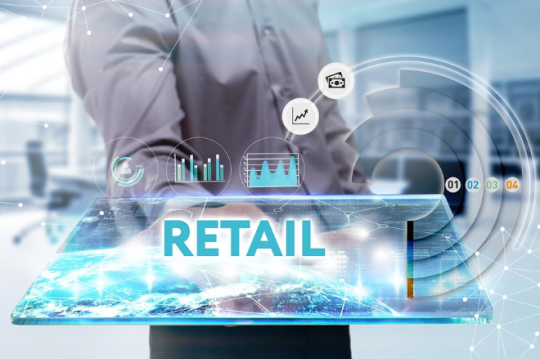
The retailer-as-a-tech-company
dynamic has been heavily influenced by Amazon
(and Alibaba in China), and has further
been prompted by Walmart’s continued
investments in AI, robotics and VR, among other technologies. In the latest example,
this week Lowe’s brought talent and
technology under its own wing to mesh with existing operations, acquiring
a retail analytics platform (and team members) from Boomerang Commerce.
As these retail industry titans spend millions of dollars
figuring out how to gain additional share of wallet through their own
technology advantages, how should the rest of retail go about delivering on
this transformation — especially given the high costs often involved?
This week, the RTP
editors share their thoughts on the continued merging of retail and tech as a
way to spur innovation, and explain how retailers can effectively absorb
technology into their enterprises.
Adam Blair, Editor:
It’s been one of the most interesting developments of the past five to 10
years: the number of retailers that have moved from being consumers/users of
technology to being acquirers-developers-and-even-resellers of
technology. I doubt there’s any one “right” way for retailers to make such a
transition, not least because the retail industry is so varied and technology
changes so quickly. But here are three basic guidelines: 1. Make sure the data
you already routinely collect in-house (sales, customer demographics, product
preferences, buying patterns, etc.) empowers whatever technologies you
build or acquire — and that the new tech doesn’t duplicate things you
already do. 2. Particularly with an acquisition, make sure you’re getting not
just the solutions but also the people whose expertise and energy make
the tech valuable. Even if you don’t hire them outright, keep them on as
consultants so they benefit you, not your competitors. 3. If the technology
proves valuable, follow Kroger’s lead and monetize it —
as long as doing so doesn’t conflict with your core business.
Glenn Taylor, Senior
Editor: Maybe retailers don’t have to specifically acquire a tech business,
or even invest in one, but they had better start hiring like one if they want
the brains required to understand what shoppers think. It starts by looking at
computer science and software engineering graduates, or recruiting those who
are already employed at agencies. Many retailers already get this: “Software
developer” was the third-most-common job in retail in 2017, rising from the
eighth most common in 2013, according
to LinkedIn data. These developers often have a handle on cloud services
and customer data platforms, and they can be vital to improving both the front
end (think mobile experience) and back end (think supply chain optimization) in
a way less tech-driven employees cannot. The Lowe’s acquisition seems like an obvious move to go tit-for-tat
with its biggest competitor and rival The
Home Depot, especially given the latter’s technology investments. Overall
this is good for every party involved. Last year, Home
Depot hired 1,000 technology professionals at its Atlanta, Dallas and Austin
tech facilities, all of whom are specifically versed in software
engineering, system engineering, UX design and product management.
Bryan Wassel, Associate
Editor: One possible change to retailers’ relationship with
technology is that shoppers may own their own personalization tools, rather
than let retailers take care of it. This possibility was raised in a Harvard Business Review article pointing out
that travel booking services, which take a wide variety of criteria into
account to deliver the cheapest and most efficient trips, could eventually be
applied to shopping trips: rather than pick out ingredients for a meal or
outfit themselves, shoppers could use outside programs that find the cheapest
and easiest collection of purchases that get them what they want. Performing curation
without retailers’ input could turn modern personalization trends upside-down —
rather than looking at an individual shopper’s past purchases, retailers would
need to look at what’s trending
nationwide and what their competitors are doing to try and stock the right products at the right prices.
This would require a whole new set of solutions and associated algorithms. As a
result, retailers would do well to remain agile with their technology choices,
and keep an eye on related industries to see how their strategies develop.






